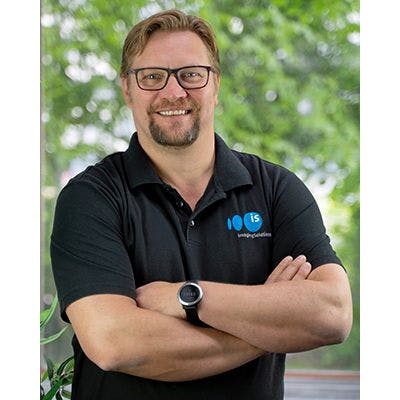

Photo print production at Cewe: ISAG ensures efficient cutting/packaging processes
Even in the age of digital photos, the desire for “photo prints” has by no means died out. Nobody knows this better than Cewe. Cewe photo stations are present in 20,000 branches at retail partners in 21 European countries. However, the majority of photo orders will still be received online at the company's headquarters in Oldenburg in 2025. Here, the machines from Imaging Solutions AG ensure that the exposed photos are transferred from the roll into mailing envelopes over the final, crucial meters.

The last (production) meters
Cewe has improved its photofinishing workflow in Oldenburg by integrating ISAG’s automated FastCut & Pack systems. Led by Production Head Anna Nordhausen and Operational Excellence Manager Imke Banemann, the project focused on making the final steps—from exposed photo roll to mailing bag—more efficient and reliable, especially during peak seasons.
The FastCut & Pack cuts, smooths, stacks, packages and labels photos fully automatically, processing up to 500 envelopes with 50 photos per hour. The system supports multiple formats, paper types and modular configurations, and connects seamlessly to Cewe’s data workflow for precise job allocation.
Two systems were installed in 2024 and 2025. The next goal is to operate both with just one person. The new setup already delivers high stability: if anything is misaligned, the machine stops instantly to prevent sorting errors.
Interested?

Gregor Kohle
CMO